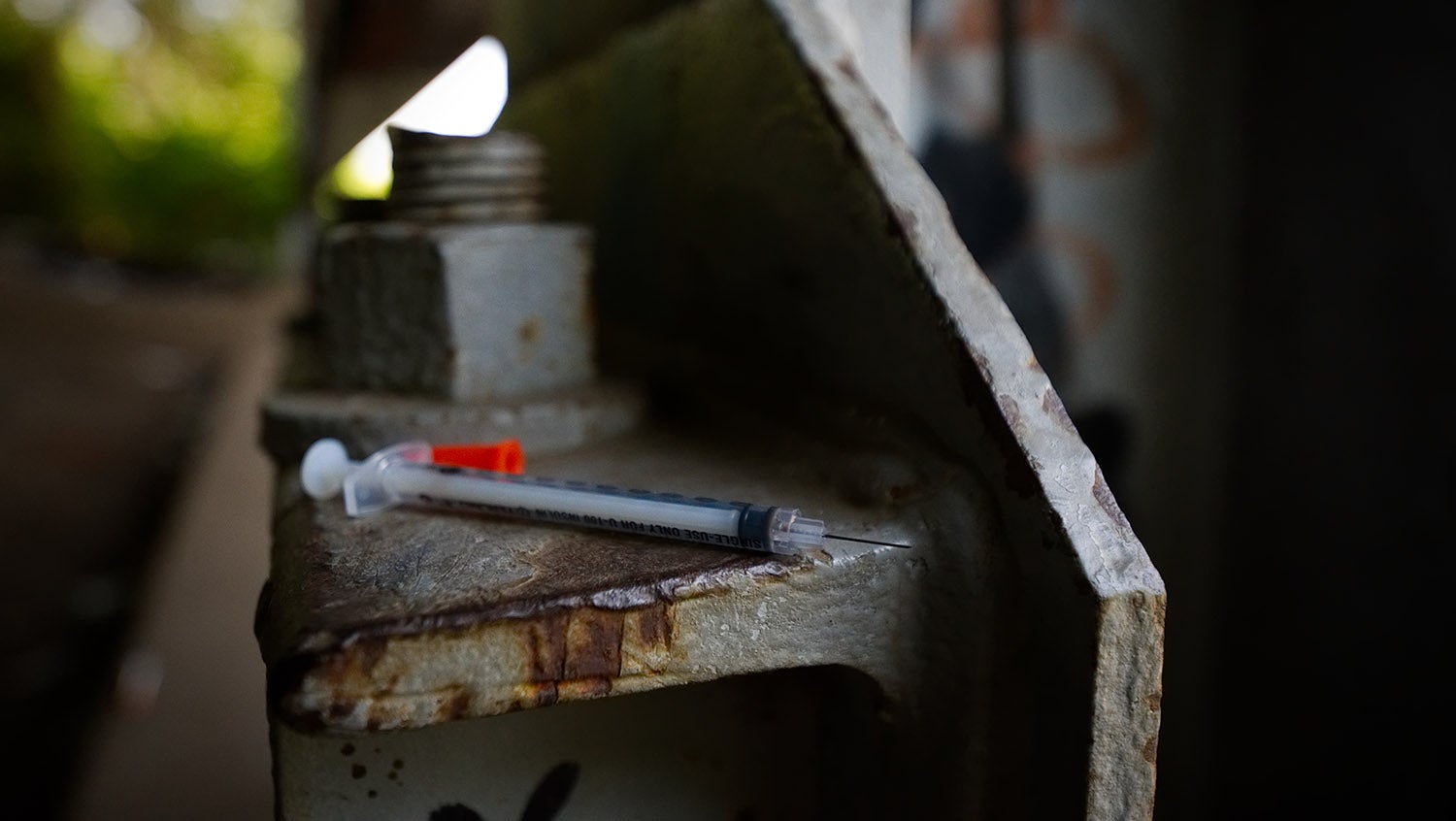Why Do People Who Inject Drugs Delay Treatment for Infections?
January 2, 2020

Getty Images
Understanding the reasons for self-treatment and targeting community settings may help providers reach people who avoid necessary care, a new study suggests.
Annually, over 14 million U.S. doctor visits occur due to skin and soft tissue infections. Although these infections can happen for various reasons, a growing contributor is injection drug use. The surge of injection drug use associated with the opioid epidemic brought about a two-fold increase in opioid-related infection hospitalizations and has made infections one of the top reasons for hospitalization and ED visits among people who inject drugs.
Despite the risks, research has shown that people who inject drugs tend to delay medical treatment for these infections, many attending to the wounds themselves or relying on an untrained third party. Self-treatment, which includes methods like using warm compresses or lancing and draining a wound with unsterilized tools, can result in serious complications, such as cellulitis and abscesses that can become life-threatening and may require hospitalization or surgery.
To decrease the burden and improve outcomes among this at-risk group, better approaches are needed to prevent skin and soft tissue infections and to encourage timely help-seeking when infections do occur. A recent qualitative study published in Drug and Alcohol Dependence sought to contribute to this effort by exploring the behaviors and motivations of people who avoid medical care for their drug-use-related infections.
Between 2014 and 2018, the researchers interviewed 252 adults with a history of injection drug use who were hospitalized at Boston Medical Center. Among the sample, 64% of patients reported having a skin or soft tissue infection within the past year. While most of the patients eventually sought professional treatment, 87% did so at the ED and only after delaying care for an average of five days, during which time the infection worsened. One-third of the group reported any self-treatment, and a third of that subset reported self-treating exclusively.
The top reasons for self-treatment included believing that the infection was not severe enough to merit medical attention, wanting to continue drug use, fearing or disliking medical treatment, and wanting to avoid the stigma associated with substance use and its complications. Many participants had limited knowledge of infection severity and prevention techniques, with over 40% having never learned proper skin cleaning, a necessary step to minimize infection risk from any injection.
Respondents also appeared to distrust formal healthcare. Though the study occurred in Massachusetts—the state with the highest rate of health insurance coverage in the nation—and 65% of the group with a past-year infection did have a primary care provider, many still opted to self-treat, citing stigma as the reason. Previous research has shown that fear of judgment and previous negative experience with healthcare providers steer many people who inject drugs away from medical treatment. Instead, participants relied on low-barrier care settings like needle exchanges.
The findings reveal a need for stronger harm-reduction education among people who are at risk of injection-related complications. However, the results also suggest that formal healthcare settings may not be the best avenue for teaching people how to recognize the symptoms of a severe infection and how to reduce the risk of infection while using needles. In this way, simply increasing healthcare access is not enough to significantly impact this problem unless health systems are also able to address more systemic barriers such as stigma and the resulting avoidance of formal healthcare settings.
Researchers found that people in this cohort visited needle exchange programs more than they did their physician, and about a quarter of participants had already learned skin cleaning at a needle exchange. Because they’re more frequented, community-based care centers may provide a better opportunity to engage people in medical care for injection-related complications. Expanding access to medical professionals who can deliver would care and harm reduction skills training in these environments may represent a first step toward increasing positive experiences with medical treatment for people who inject drugs.


